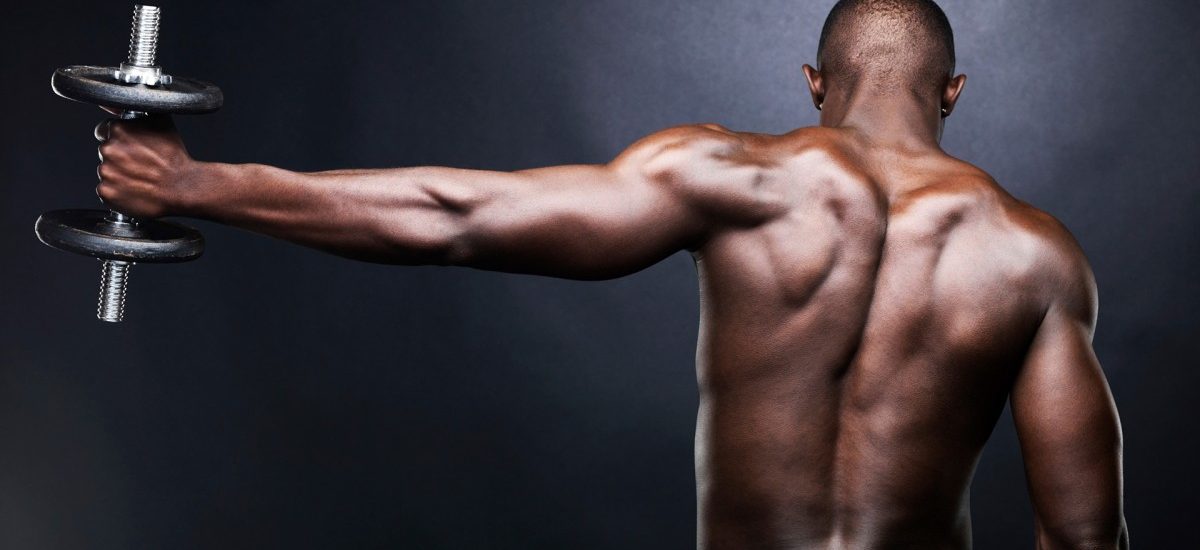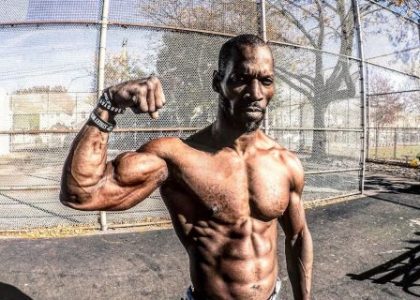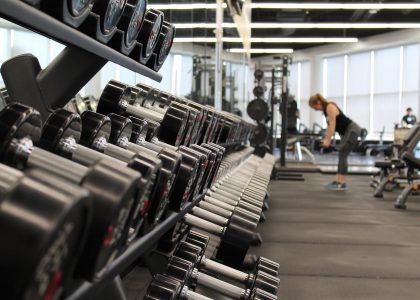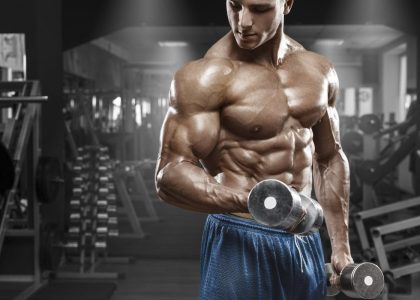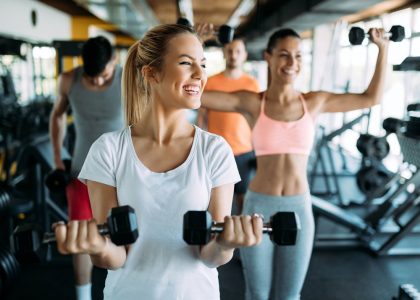Do you know the benefits of Squats and everything they offer you? Pay attention!
What is a Squat?
You have to live in a cave to not know what a squat is, but if you’ve missed the last 5 decades of strength training, here’s a little summary:
- The squat is an exercise aimed at developing lower body strength .
- It consists of performing a triple flexion-extension movement (ankles-knees-hips) .
- Can be performed with or without external load (own body weight) .
The positioning of the load will depend on your preferences and will create variations of the movement (overhead squat, front squat, globet squat …), but the most common is to perform it with a barbell, positioned above the scapular spines.
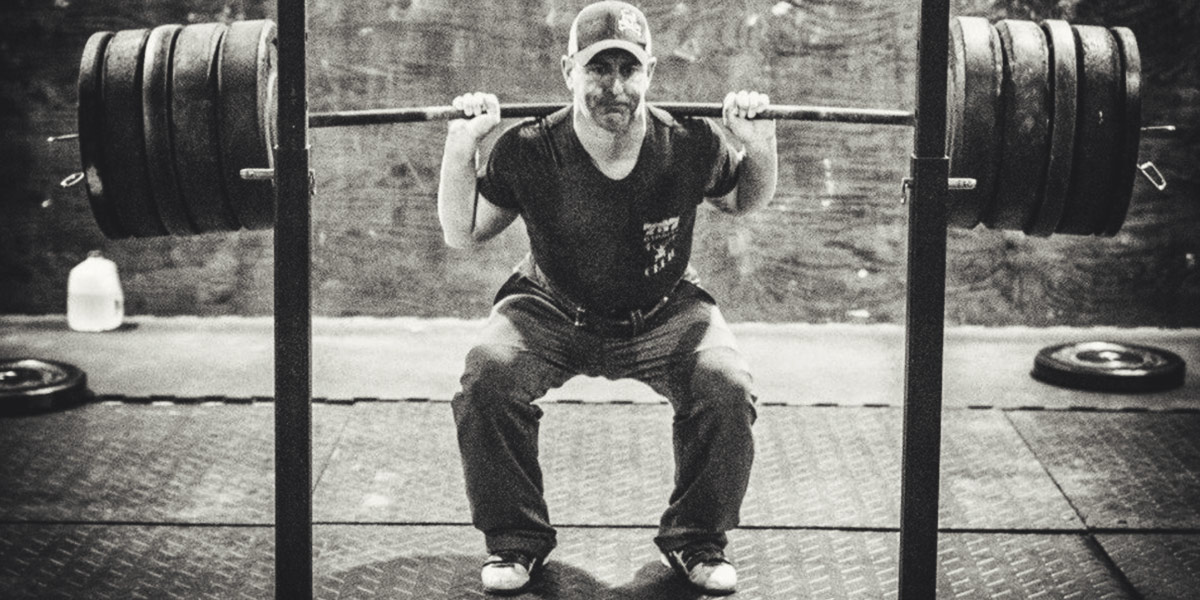
Back Squat.
You can learn more about the squat by clicking here.
Benefits of squat training
Squats have been postulated as one of the foundations for lower body muscle development .
They are loved and hated equally by weight room users.
There is no doubt that squat offers a number of advantages over other exercises , as well as indisputable that it is not an essential exercise and if you do not like it it is not good for you, or you do not feel comfortable doing it, you must not do it. / p>
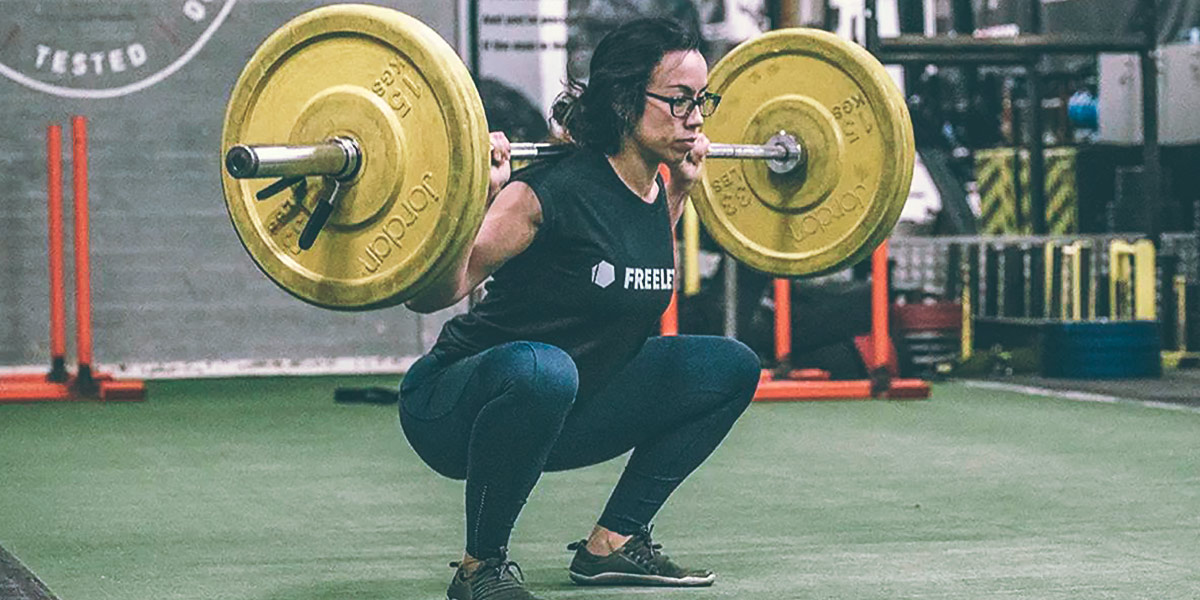
You can get the same results with other exercises.
If you are a powerlifter or a weightlifter, I am sorry to tell you that the squat (or its variations) are fundamental exercises, as the competitive characteristics of your sport require it.
Not for the others. However, including them in your exercise routine is a good idea. I’ll explain why!
Squat-for-maximum muscle strength
Let’s start with the simplest, a classic.
What is the use of squats? To develop the muscles of the legs, of course.
The squat is an exercise that allows us to manage a large external load, so it is possible to subject our muscles to great tension during its execution and therefore improve our strength, and with it our muscular power in the face of a complex sporting event, such as a sprint , for example.
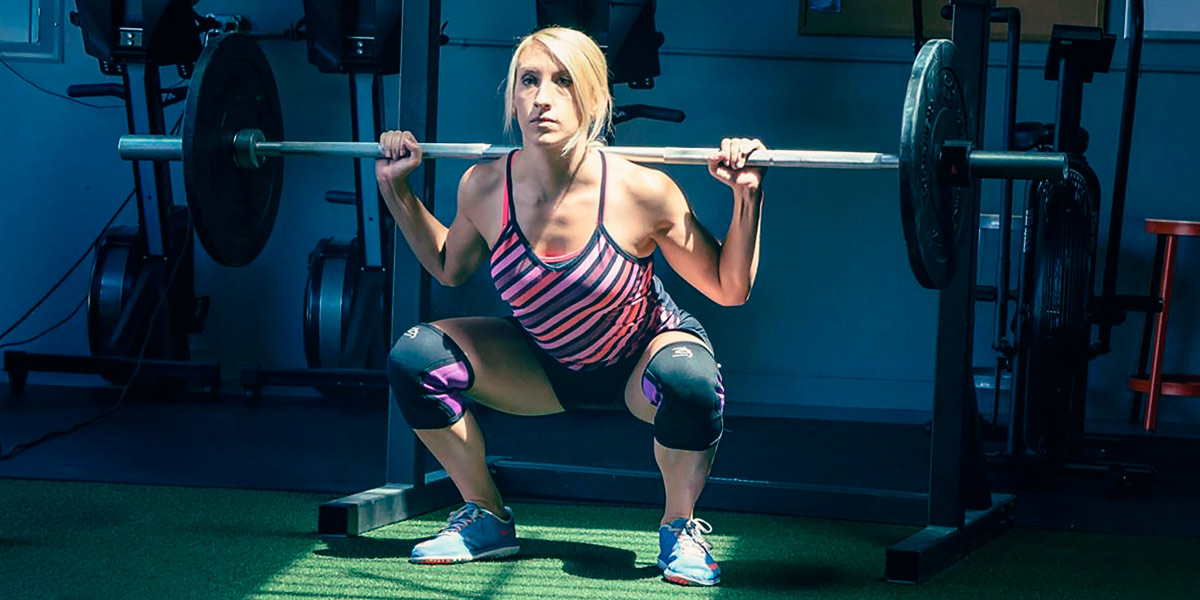
A squat is more effective than an extension of the quadriceps to develop strength.
However, squats they are not an effective exercise to activate the muscles of the posterior chain of the thigh, nor those of the buttocks (Contreras et al., 2015), in fact their execution with low position of the barbell is superior (Lee et al., 2016 ) and with maximum freedom of movement (Contreras et al., 2016).
Squats are the Pillars of your Return
Virtually all the skills you develop in a sports mode (football, basketball, skiing, volleyball …), even if they are not directly related to weightlifting, will involve work of flexion-extension on the joints of the lower limbs.
-
- In a soccer match you have to kick the ball.
- In a basketball match you have to jump for a basket.
- During a ski descent, you must remain in an isometric forward semi-flexed position.
- In a volleyball match you must fall to the ground to receive a dunk ball.
In judo you have to bend your knees to be able to throw your opponent over you in an O Goshi.
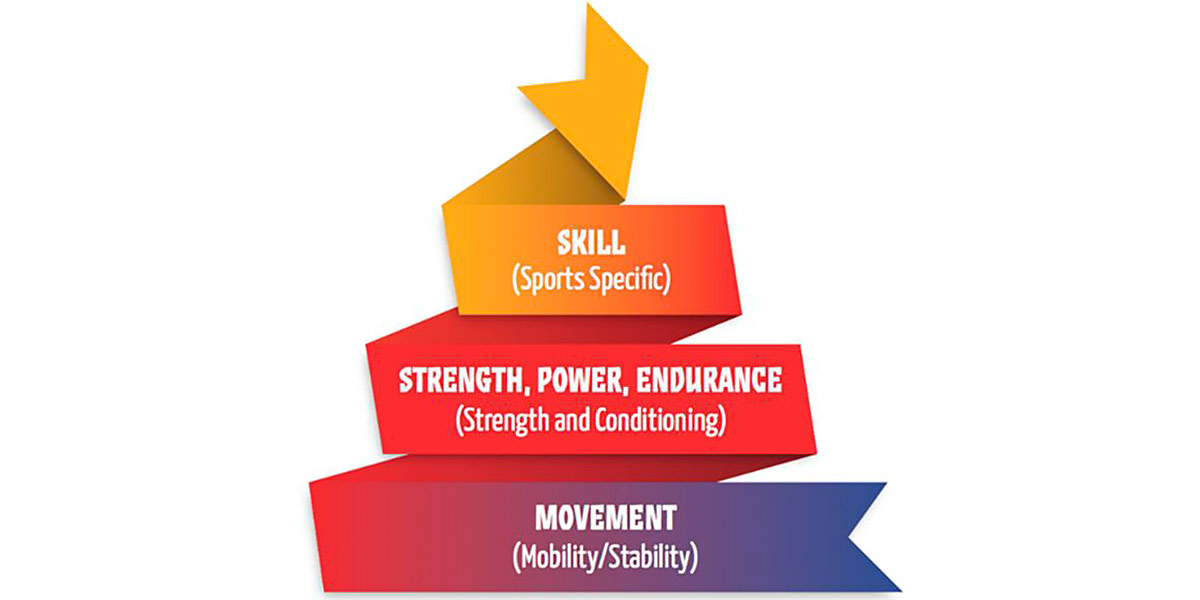
You understand , right?
The construction of training bases (mobility, stability control …) and skills (strength, coordination, power …) are based on a common point that can be perfectly training with loads.
The squat is a great option for developing all these aspects due to its high coordination requirements one, freedom of movement, postural control and strength produced.
Squat for maximum testosterone and growth hormone
The squat, being an exercise that involves so much muscle tissue, presupposes an enormous “input” of stress for the body.
Especially for the ease we have to manage high external loads and the enormous potential to work until failure muscle.
Since there are many muscles that contribute to lifting and can “help” us to go further than we would in quadriceps extensions where synergism is greatly reduced due to limitation of range of motion.
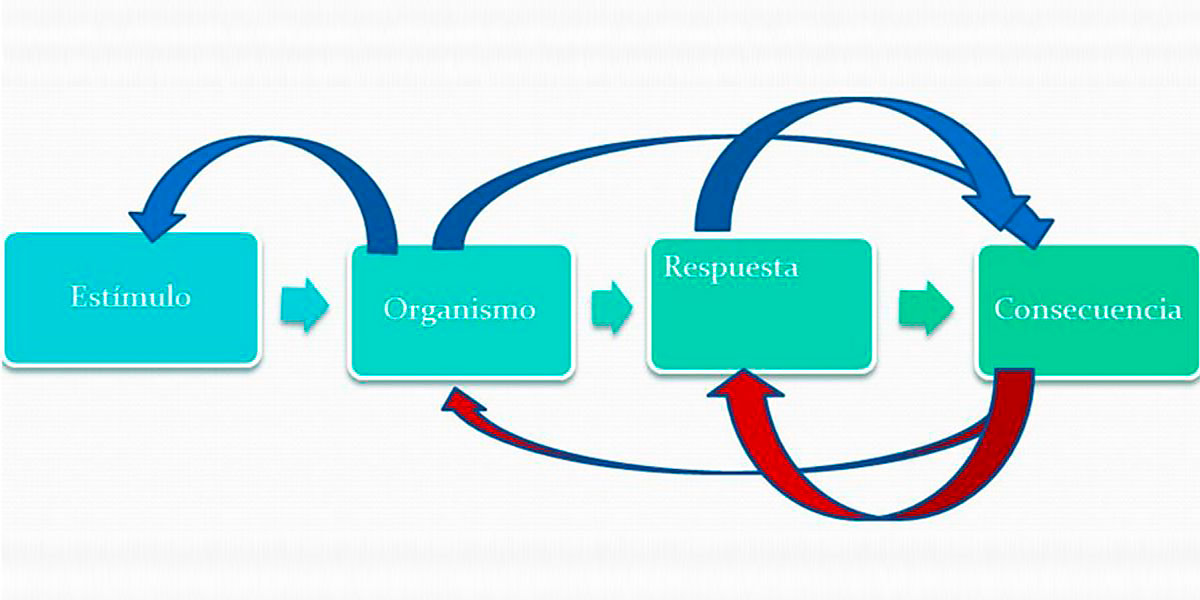
As in programming, our body functions like a large processor, which receives and controls a stimulus to generate a result and this affects the system.
The squat produces strong stress for the body (input) – which activates the neuromuscular system (process) – to adequately contract the muscles and be able to overcome resistance (output), and this produces an effect ( consequence).
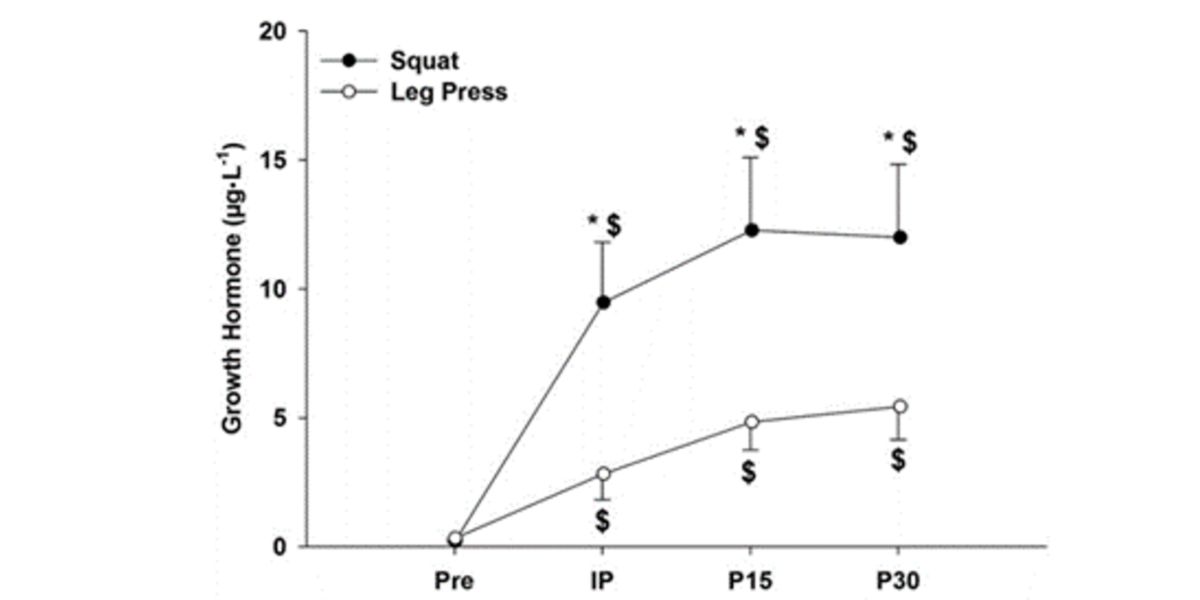
In this case, the consequence is that the great demand for force for the execution of the movement activates the nervous system, producing a strong increase in growth hormone, cortisol and testosterone due to the stress it generates.
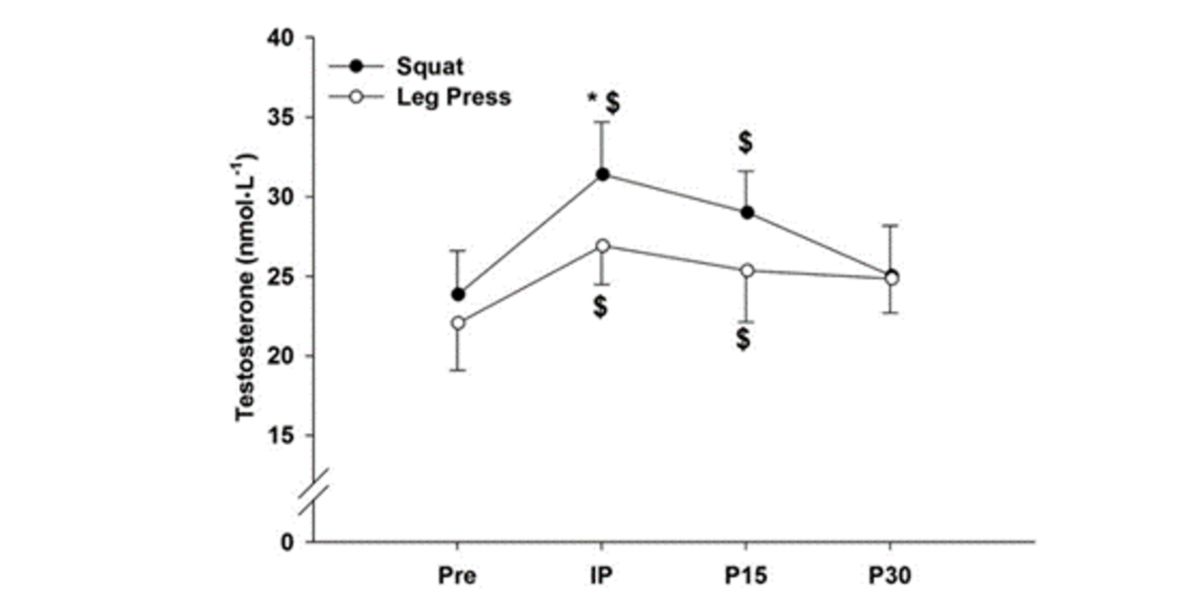
If our routine is performed even with short breaks between sets and exercises, we will maximize ult growth hormone secretion (Rahimi et al., 2010).
Furthermore, not much training volume is needed to maximize these effects: only only 6 intense sets of squats are enough (Wilk et al., 2018).
Squats increase calorie consumption
Have you ever done squats and saw life pass by before your eyes?
It is normal, once again, the intensity that allows us to achieve their realization requires a lot of energy
Can this help us increase energy expenditure in the ‘training?
Yes, there are many studies evaluating the effects of simpler exercises, with fewer coordination requirements, than others that are more demanding on the energy expenditure of training.
In order not to get too bored with the data, I leave you a graph based on the average energy expenditure of different exercises:

Squats-can-protect your bones
Osteoporosis is a condition with a high prevalence in the population, especially in postmenopausal women . Did you know that if so you can take advantage of squat training ?
As if they were limited to gym bullies !
Anyone can benefit from a heavy workout; if you have bone mineral density issues, squats should be a must in your routine.
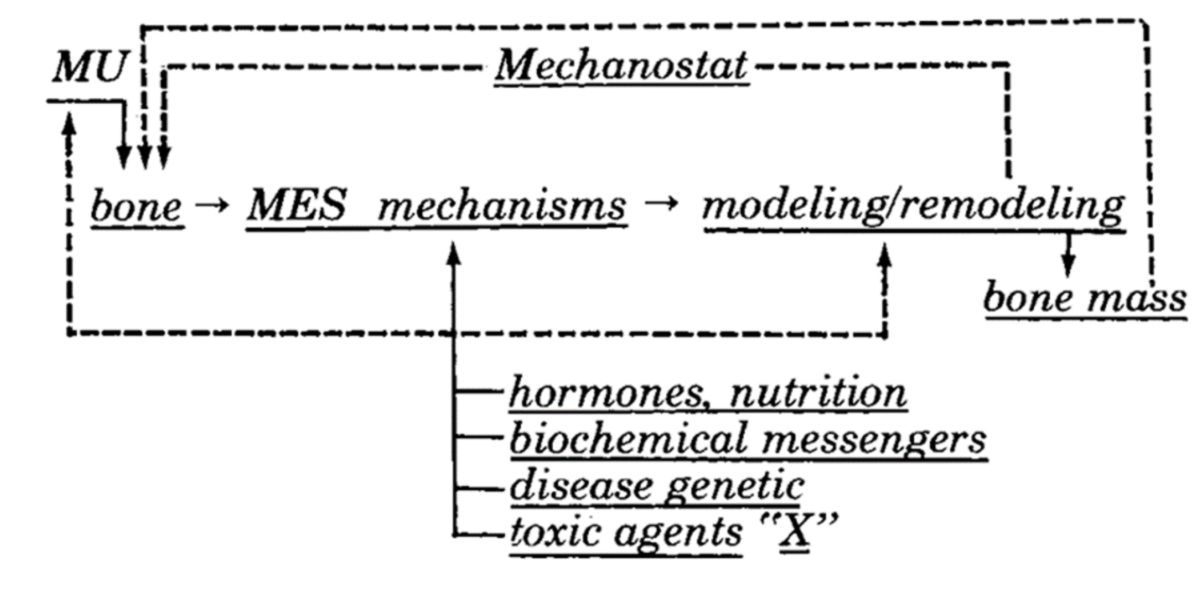
This concept was already raised in 1987, where Frost proposed the mechano-static model for maintenance of bone density , explaining that it is important to stimulate the bone through mechanical impacts and stresses so that minerals (mainly calcium and magnesium) attach themselves to the matrix bone and thus make our bones strong.
In the graph it is represented as “MU”, the trigger of the whole process.
The main risk of developing osteoporosis is immobilization , which is why the bones of a spinal cord injury are so weak and present such a risk of fracture.
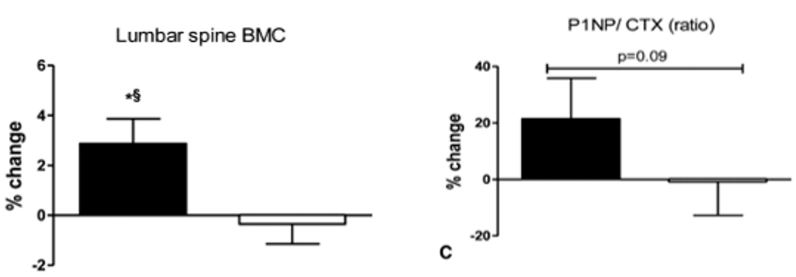
Squat-based strength training significantly improved bone mineral density (left) and the relationship between collagen synthesis and degradation (right) in post-graduate women. -menopause with osteoporosis and osteopenia.
So stop doing so much yoga (sure, that’s great too), play your favorite song, go to gym to squat!
Did you know that the product Calcium + Magnesium + D3 is a great dietary supplement for people suffering from bone mineral density problems? Your best ally against osteopenia!
Squat-for-back pain
Squats require not only excellent muscle control on the part of the lower limbs, but also on the part of other muscle groups.
The effect that squats have on core activation is well known, and although this has been a little overrated, the truth is that its fame is not is unfounded. The squat is particularly useful for activating the erector muscles of the spine (erector spinal and multifidus).


